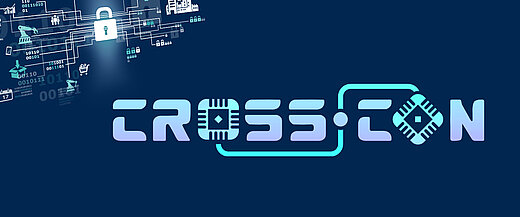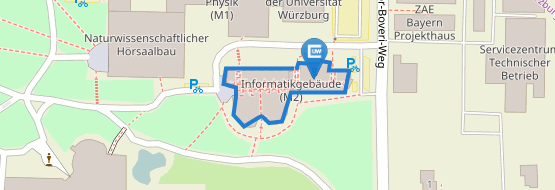CROSSCON: Cross-platform Open Security Stack for Connected Devices
The main challenge for IoT developers is the lack of a unified security solution that can work across a variety of different devices. To bridge this gap, the CROSSCON project pools the expertise of 11 research teams throughout Europe to develop a new open and vendor-independent security stack for connected devices. The CROSSCON security stack provides a consistent security baseline across a whole IoT system.
The Internet of Things (IoT) is a term that refers to the growing trend of interconnected devices and sensors. These devices are able to collect, share and act on data, often without human intervention.
Despite the hype, IoT is still in its early stages and there are many challenges that need to be addressed before it can truly reach its potential. The fragmented device landscape represents, and the accompanying heterogeneity poses one of the greatest challenges for IoT developers. While devices with different hardware capabilities – from bare metal to AI support and built-in hardware to implement Root of Trust (RoT) and Trusted Execution Environments (TEE) - coexist, it is an open challenge to guarantee an acceptable level of security across the whole system.
Currently, IoT developers further exacerbate the problem by implementing proprietary security solutions e.g., instances of RoT and TEE, making it difficult or impossible for applications or security services to interoperate. This is in drastic contradiction to the actual idea of the IoT, an open and heterogeneous network connecting devices from different vendors around the world.
CROSSCON aims to solve all these issues by designing a new open and vendor independent IoT security stack that can be deployed across a variety of different devices, thus offering a consistent security baseline across a whole IoT system. The CROSSCON stack offers a unified set of APIs, and its modular design also makes it possible to configure security features according to individual requirements and underlying hardware. While CROSSON’s security features will operate independently from underlying layers, it will adapt to given hardware capabilities and leverage already implemented security features. In case no security features are provided at all, CROSSCON will offer an entire TEE implementation.
The project has received funding (2022-2025) from the European Union’s Horizon Europe research and innovation programme under grant agreement No. 101070537. It is conducted in a consortium with the following partners: ATOS, CYSEC, University of Trento, University of Minho, SEARCH-LAB, Barbara IoT, Technical University of Darmstadt, Beyond Semiconductor, 3mdeb.
You can find more information about this project and publications on this website.
People involved: Prof. A. Dmitrienko, Christoph Sendner, Tymoteusz Burak, Fabian Schmitt, Melanie Götz, Hamid Dashtbani.
Publications
-
CROSSCON: Interoperable IoT Security Stack - The RISC-V Opportunity. in RISC-V Summit Europe, Barcelona (2023).
- [ BibTeX ]
- [ EndNote ]
- [ Download ]
- [ BibSonomy-Post ]



